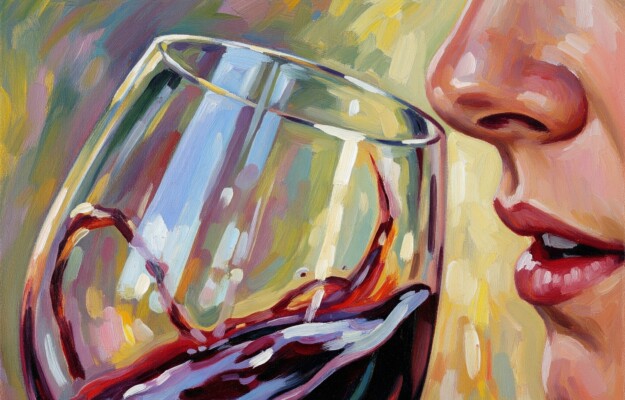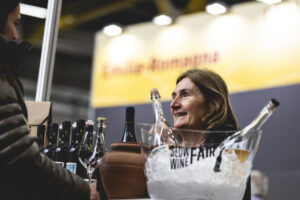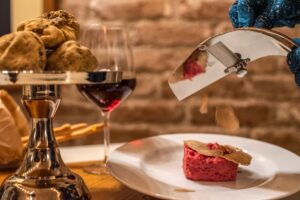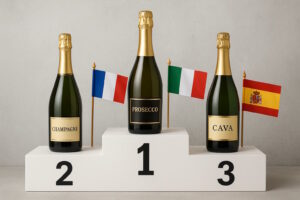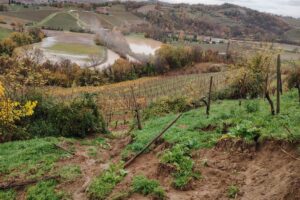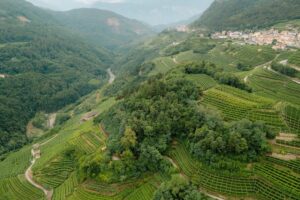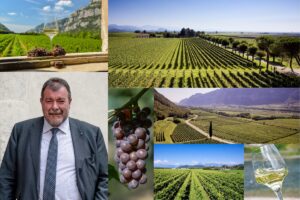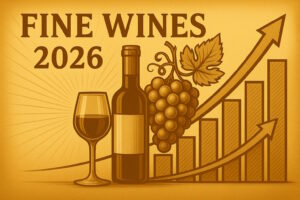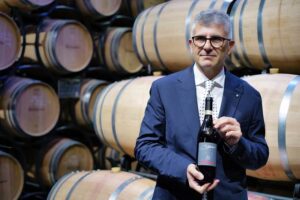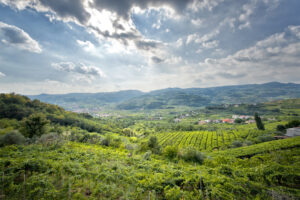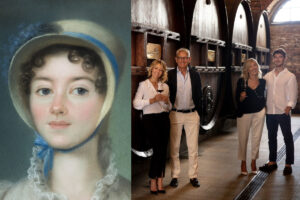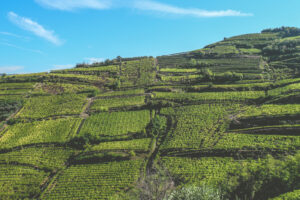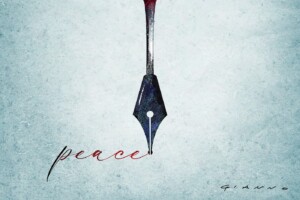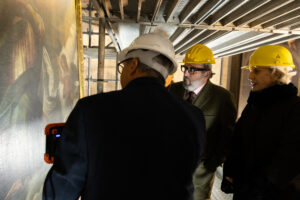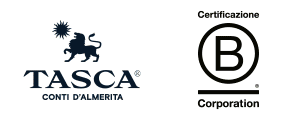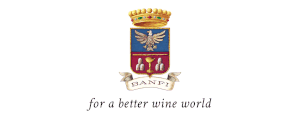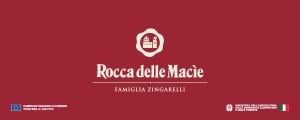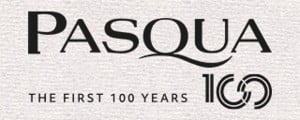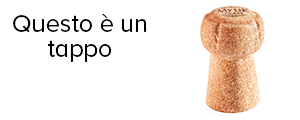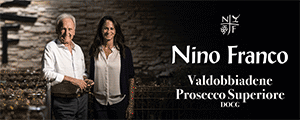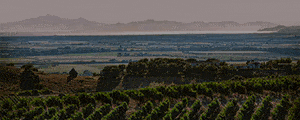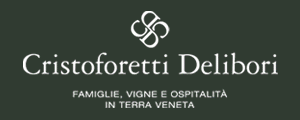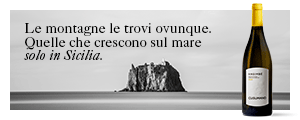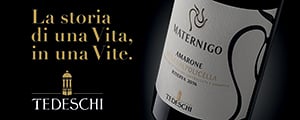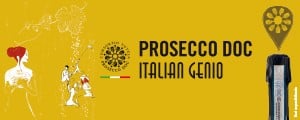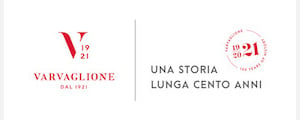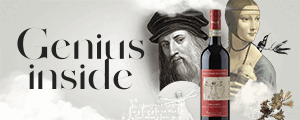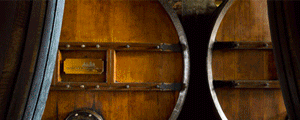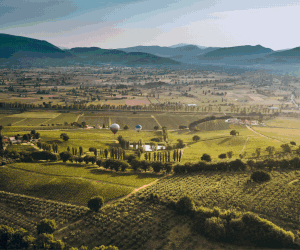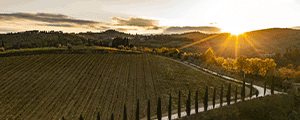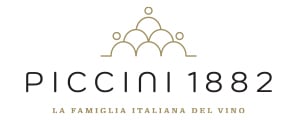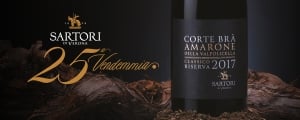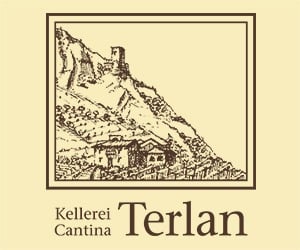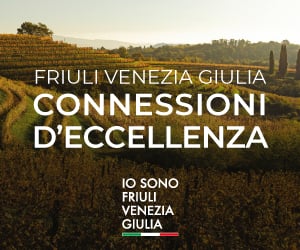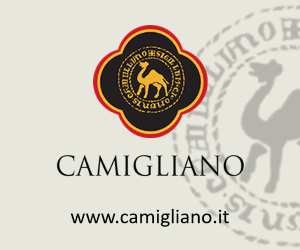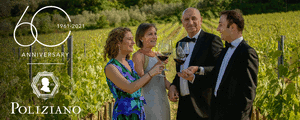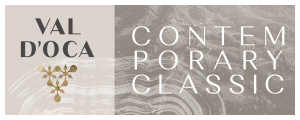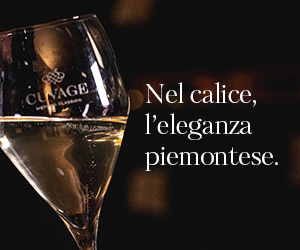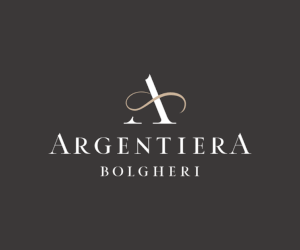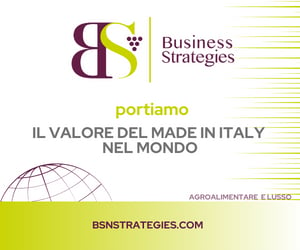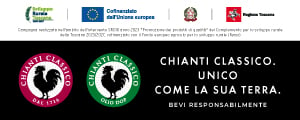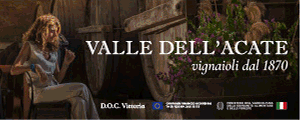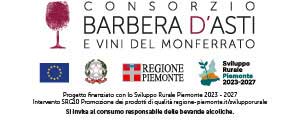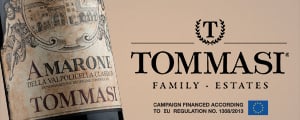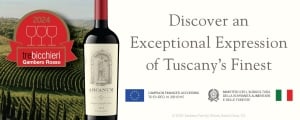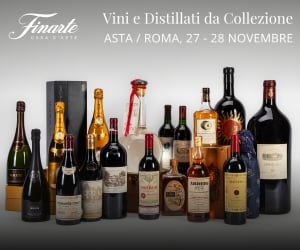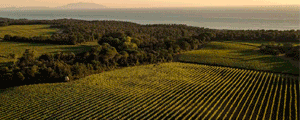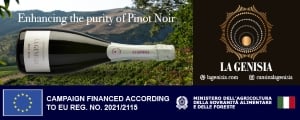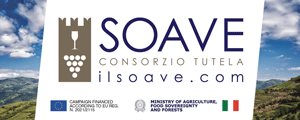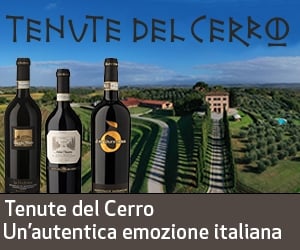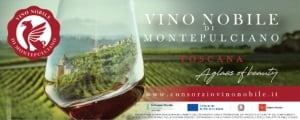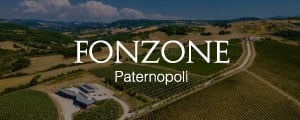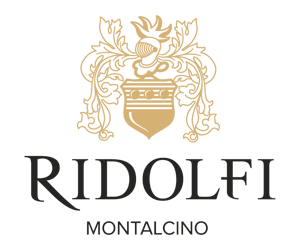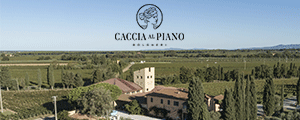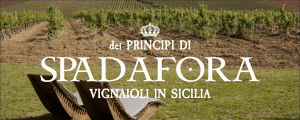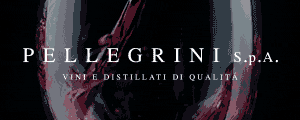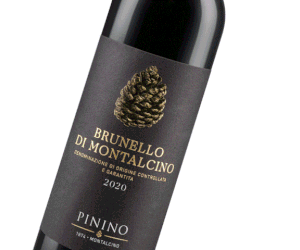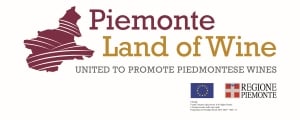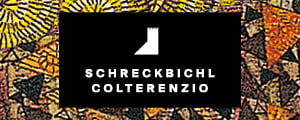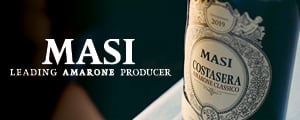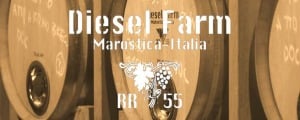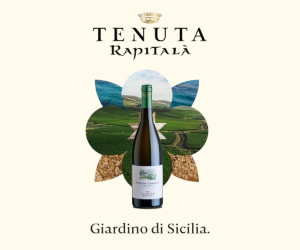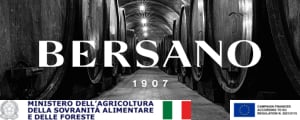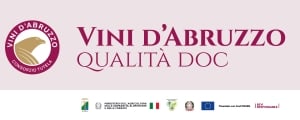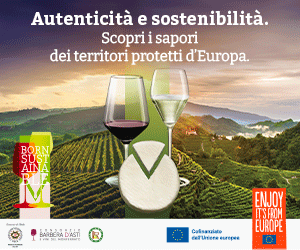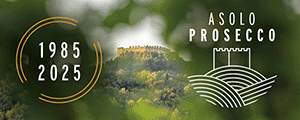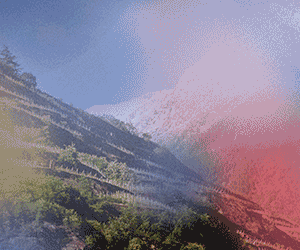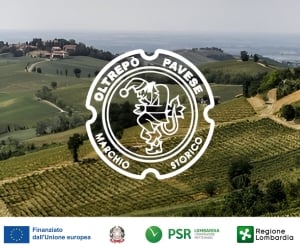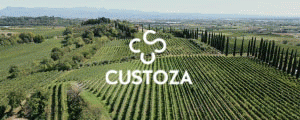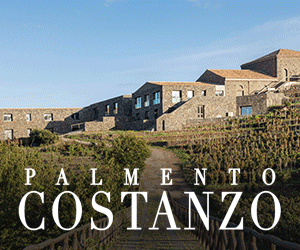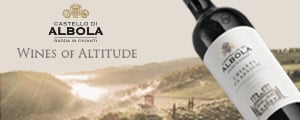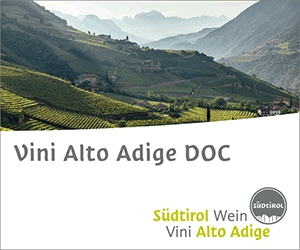Color cursing the eyes, aromas which inebriate, taste covering the mouth: in this way, wine experience arises. And, then, the sip arrives, or better, the swallowing with wine flowing along the throat, now warming it, now refreshing it, one time hugging it with elegance and delicacy, an other time overwhelming it with power and opulence, leaving in the mind the more or less transient recall of what one drunk. A fundamental aspect, that of swallowing, without which, according to many, great part of the sense of tasting wine is lost. Surely, impossible, or, at least very difficult, for who has to taste many wines in series, swallow only a sip of 50, 100, or also more wines: health is affected, and not only. Yet, it is worth reflecting, in a period in which much, in the world of wine, and in the approach to glass is changing deeply on a tool and a ritual, that of tasting which also changed in the years. As it turned on “drink less but better”, it comes to ask if it is not the case also to “taste less but better” where better means in a deeper, complete way, and, therefore swallowing (wine, in the end, is made to be drunk, and, therefore, swallowed), which means tasting less wines. A theme that WineNews brought to the attention of some of the most respected names in the wine world, such as Jacky Rigaux, promoter of the “geosensory” tasting method; Roberto Conterno, head of Giacomo Conterno, the legendary winery of Langhe where, among many outstanding wines, the iconic Barolo Monfortino Riserva is produced; and Lydia and Claude Bourguignon, producers at Domaine Laroque d’Antan in France and among the world’s most renowned agronomic consultants (see our video here).
“Me too, when I have to taste 100–150 wines, of course, I have to spit. But when I taste wines that are about to be bottled, those I drink, because otherwise - explains Roberto Conterno - one misses the final part of the tasting, the “return” of the wine, which is fundamental. Drinking wine is absolutely essential to fully understand it. Everyone must understand how many wines they can taste: tasting is a very subjective matter. Tasting 100 wines doesn’t make someone better than someone who tastes 10. What matters is that each person experiences the tasting on a personal level.”
Still, especially when approaching great wines, those that express and tell the story of a place, one wonders what an effective contemporary tasting should look like, both from the perspective of someone who simply wants to enjoy the quality and of someone who must evaluate and communicate it. About this, Jacky Rigaux has no doubts: “to understand wines of place, wines of terroir, one has to appreciate their substance. So, one has to start with the mouth to perceive the wine’s material, its consistency, texture, softness. Wine is made to be drunk, to be digested, so salivation also gives us a lot of information. And, then, of course, we’ll also be interested in its liveliness, softness, minerality, and we’ll sense its aromas, but aromas are not the main information in wine: the primary information in a great terroir wine lies in its tactile and gustatory dimension. Geosensory tasting, in particular, begins by putting the wine in your mouth and chewing it to fully appreciate its consistency, softness, texture, and the salivation it triggers which differs depending on whether wine is swallowed or not. A wine made from vines planted in clay, limestone, or sand gives different sensations in the mouth, even in terms of salivation. That’s how the message of the terroir is perceived. There have been professionals of geosensoriality, experts who could read the message of the place, and there are terroirs of such high quality that even in the most “modest” vintages, they always convey an original, distinctive message.”
A vision shared by Lydia and Claude Bourguignon: “when we taste wine, we always keep the soil in mind. The texture of the wine is very important, and to understand it, you also need to swallow, to grasp the sense of the terroir,” says Lydia Bourguignon. “A wine deriving from clay, for example, gives an almost glue-like sensation between the tongue and the palate; a wine from sandy soil brings that sandy texture to the mouth; silt - adds Claude Bourguignon - gives a sensation almost like cocoa powder; limestone brings salinity and produces a fattier saliva, while a soil rich in granite gives rise to a wine that stimulates a lighter, more fluid salivation”. But these sensations can only be perceived through swallowing, explain Lydia e Claude Bourguignon.
“To truly perceive all the qualities of a wine, one has to swallow it - concludes Rigaux - it’s in the mouth that the essential message of the wine arrives. Because wine is a food, made for our pleasure and wellbeing, and, for that reason, it must be appreciated by swallowing it. So we should say: stop sniffing and spitting. If you want to understand wine, to appreciate it, you have to touch it, feel it, and swallow a few sips”.
Copyright © 2000/2025
Contatti: info@winenews.it
Seguici anche su Twitter: @WineNewsIt
Seguici anche su Facebook: @winenewsit
Questo articolo è tratto dall'archivio di WineNews - Tutti i diritti riservati - Copyright © 2000/2025










